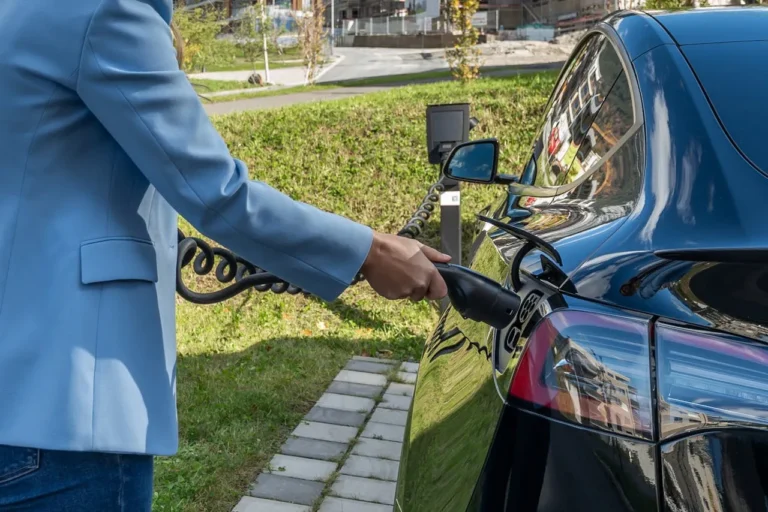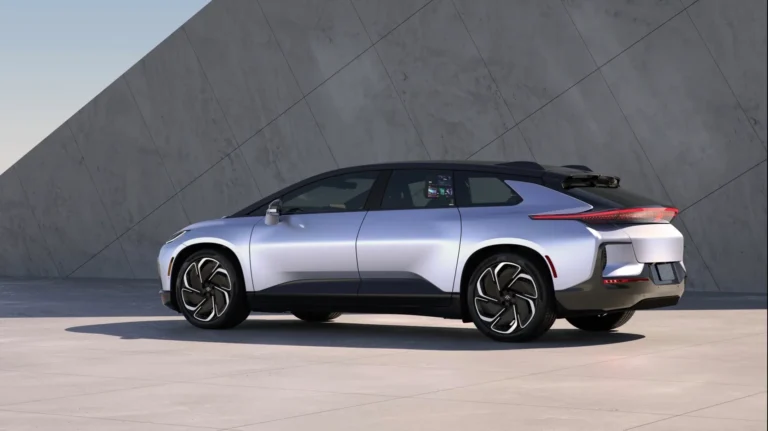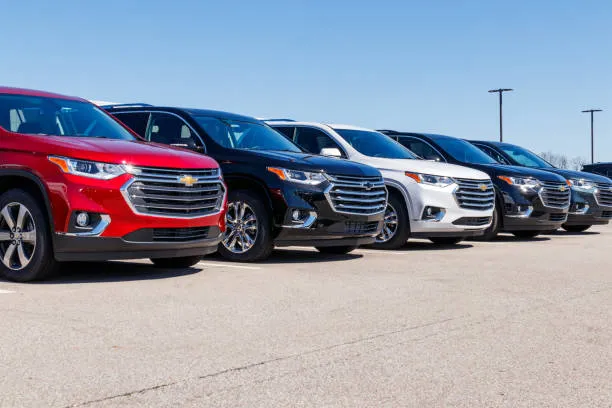
Chinese Intelligent Driving Suppliers Accelerate Overseas Expansion Amid Challenges and Strategic Partnerships
Research Report on Chinese Suppliers’ Overseas Layout of Intelligent Driving, 2025. The report explores how China’s intelligent driving firms—facing domestic market saturation and heightened competition—are now aggressively seeking growth abroad. While 2026 is expected to mark the first true wave of overseas deployment for Chinese autonomous and ADAS (advanced driver-assistance systems) suppliers, success will not come easily. From regulatory compliance and cultural adaptation to safety expectations and data governance, Chinese companies must overcome a complex web of obstacles to establish a sustainable global presence.
However, the report argues that the fastest and most viable path forward lies in light-asset cooperation with established foreign suppliers. This strategy allows Chinese firms to enter international markets without shouldering the full capital cost of infrastructure, certifications, and localization.
Why Chinese Intelligent Driving Companies Are Looking Abroad
China’s domestic high-level intelligent driving market—covering L2+ to L4 autonomous capabilities—is maturing rapidly. Analysts predict that this market will ultimately support no more than five major suppliers, due to consolidation and escalating R&D costs. Already, capital integration is accelerating: a notable example is PhiGent Robotics, which is being acquired by NavInfo.
While first-tier companies like Momenta, ECARX, and Horizon Robotics have secured preliminary contracts with overseas automakers, most commercial implementation will not truly begin until after 2027. This timeline leaves second- and third-tier suppliers with fragile cash flow in a precarious position, forcing them to consider overseas expansion as both a growth strategy and a survival tactic.
Core Challenges in International Expansion
Although global opportunities are vast, deploying intelligent driving technologies overseas is significantly more complex than expanding typical automotive components. The report highlights three major challenge areas:
1. Localizing User Experience and Overcoming Trust Barriers
Autonomous systems operate in deeply cultural contexts. Driving norms vary dramatically between regions, which means that an intelligent driving system tuned for Chinese roads does not necessarily translate well abroad.
- Europe features disciplined, rule-following high-speed driving. Systems must strictly respect rules such as left-side overtaking only, and must accelerate and merge confidently yet predictably.
- Southeast Asia presents the opposite scenario: roads crowded with motorcycles, tuk-tuks, and informal vehicles, with loosely enforced traffic rules. A system trained on rigid compliance would trigger excessive warnings and frustrate drivers.
- Japan and South Korea demand exceptional performance on narrow streets and highly conservative maneuvering, as drivers expect machines to be even more cautious than humans.
Failing to meet these local expectations leads to user distrust, even if the underlying algorithms remain technically sound.
2. Data Compliance and Closed-Loop Governance
Intelligent driving systems rely heavily on data—both for operation and iterative model improvement. But data sovereignty laws vary greatly by region.
- The EU’s GDPR imposes strict rules on how any personal or vehicle-related data is collected, stored, and processed.
- Many countries require local storage of driving and mapping data, creating significant infrastructure burdens for foreign companies.
To succeed internationally, Chinese firms must rebuild their data loops abroad, ensuring that collection, storage, training, and deployment all occur within legal boundaries.
3. Aligning with International Safety Standards and R&D Culture
Chinese intelligent driving development has historically prioritized speed over process, favoring rapid deployment and post-launch iteration. However, Western and Japanese automakers operate under process-first philosophies emphasizing traceability and preventive risk control.
Key expectations include:
| Aspect | China’s Typical Approach | International Requirement |
|---|---|---|
| R&D Process | Fast iteration, dynamic requirements | Structured development following ASPICE and ISO 26262 |
| Documentation | Often incomplete or evolving | Fully traceable requirement analysis to test verification |
| Safety Handling | Fix low-probability edge cases later | Treat all anomalies as critical blockers |
| Cultural View of Risk | Optimized for efficiency | Optimized for liability and public trust |
This cultural gap is so significant that even technically strong suppliers may fail audits if their processes lack transparency or traceability.
Light-Asset Partnership: The Optimal Entry Strategy
Given the high barriers to direct expansion, the report recommends cooperation with local suppliers as the most cost-effective and scalable strategy—especially for mid-tier companies.
1. Navigating Legal Certifications with Local Partners
Foreign partners already have experience with UNECE regulations in Europe, FMVSS in the United States, or KC/KATS in South Korea. Collaborating with established entities enables Chinese suppliers to:
- Shortcut regulatory approval cycles
- Gain access to TÜV SÜD or TÜV Rheinland testing networks
- Reduce time-to-market while preserving flexibility
Mapping partnerships with HERE and TomTom—Europe’s mainstream HD map providers—are already becoming common.
2. Ensuring Data Compliance through Cloud Isolation
A strong example comes from XPeng’s P7 European edition.
Instead of routing vehicle data back to China, XPeng built a fully independent “European Data Security Domain” using Amazon Web Services (AWS):
- Data from vehicles is collected and stored on EU-based AWS regional servers
- AWS IoT manages connectivity, while Amazon S3 stores raw data
- Data processing and machine learning are performed locally using Amazon EMR and Kubernetes (EKS)
This architecture ensures full GDPR compliance across collection, processing, retention, and deletion, creating a trustworthy framework for regulatory negotiations.
3. Licensing Algorithms for Joint Deployment
Rather than exporting entire systems, many Chinese suppliers now license their core algorithms—for perception, path planning, or driver monitoring—to overseas automakers or mobility platforms.
A prominent example is Momenta’s partnership with Uber:
- Uber acts as the commercial operator, while Momenta provides autonomous driving modules.
- The first deployments target Europe, beginning in Munich, where testing fleets are already operational.
- Both sides share data to enhance long-tail edge-case performance.
Such co-development models minimize capital expenditure while establishing revenue-sharing and long-term collaboration.
Major Chinese Intelligent Driving Companies Expanding Overseas
The report tracks the overseas strategies of leading players, including:
- iMotion
- Momenta
- ECARX
- CalmCar
- Voyager Technology
- Yihang.AI
- SenseAuto
- MINIEYE
- Haomo.AI
- DeepRoute.ai
- Desay SV
- Horizon Robotics
Each operates with different strategies—some focused on Tier-1 integration, others on mobility services, and some purely on hardware-software platforms. However, all share a common direction: global diversification as domestic competition intensifies.
Outlook: 2026 as the Inflection Point
The report concludes that 2026 will mark the first true breakthrough year for Chinese intelligent driving exports. Yet success hinges not on technology alone, but on:
- Cultural adaptation of driving behavior and user interaction
- Full compliance with local data sovereignty laws
- Alignment with international safety certification frameworks
- Strategic collaboration rather than isolated expansion
In short, China’s autonomous driving firms are transitioning from “fast-build innovators” to globally disciplined technology providers. Those that master regulatory diplomacy and process-oriented engineering—not just AI capability—will emerge as new global ADAS and autonomy leaders.







